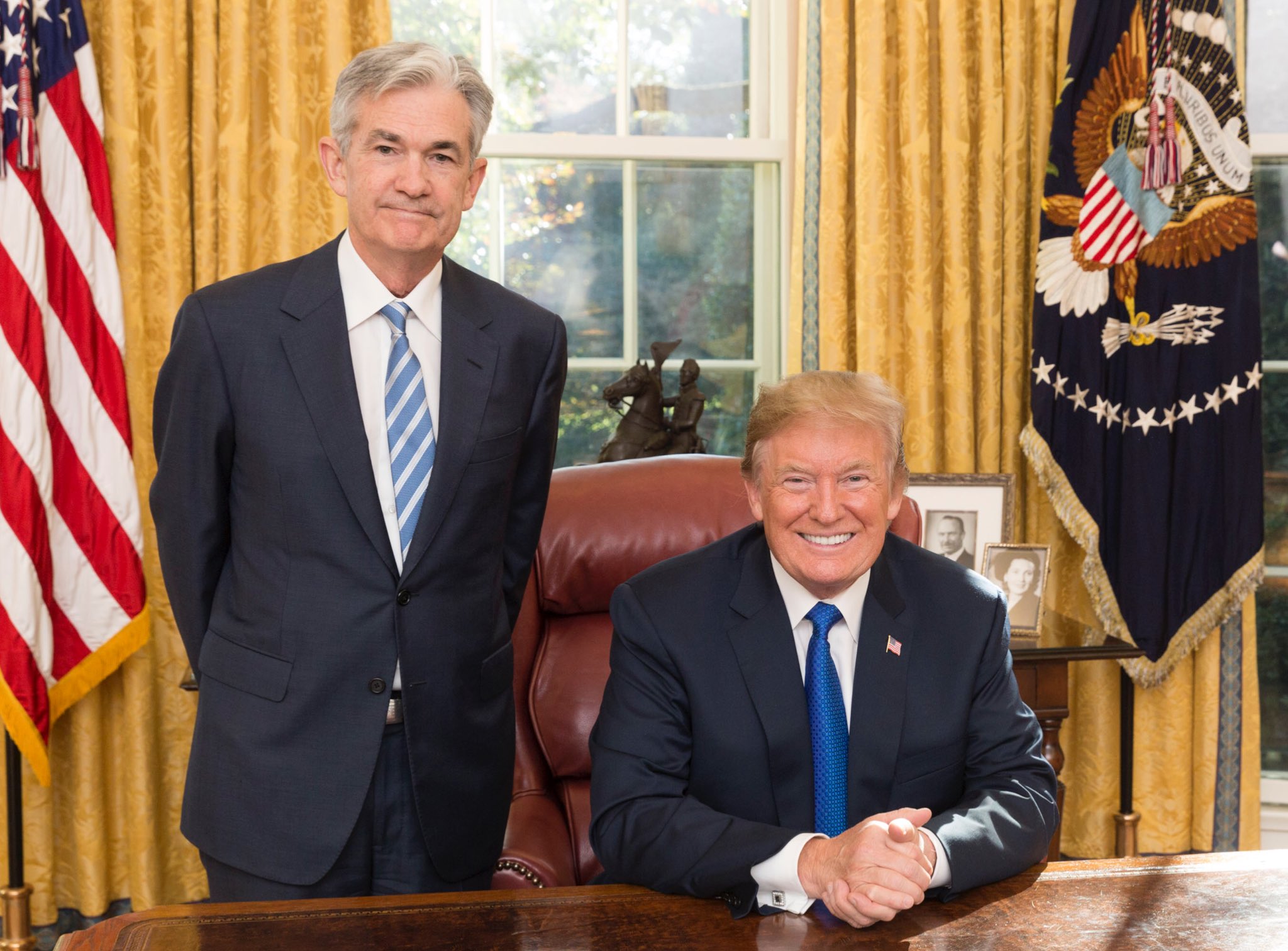Huawei Technologies, embroiled in the ongoing US-China tech cold war, stands at the forefront of China's defiant charge towards technological self-sufficiency. This week, Huawei revealed its advanced chip, a significant leap in their semiconductor technology, potentially rattling the U.S. administration which has been enforcing stringent curbs on China's tech sector. The recent unveiling of the Mate 60 Pro smartphone, empowered by the potent Kirin 9000s chip fabricated with advanced 7 nm technology, showcases China's relentless bid to foster a resilient and independent chip sector, despite anticipated soaring costs. Developed by China's leading chipmaker SMIC, this chip signifies a bold countermove, a formidable testament to China's technological prowess in a landscape dominated by U.S sanctions.
In the face of U.S. restrictions that have severally limited its access to critical chip manufacturing technology, China showcases a remarkable stride in semiconductor development. Notably, these advancements have been achieved without the reliance on extreme ultraviolet (EUV) lithography, a critical tool in developing advanced chips. This milestone, heralded by experts and early users alike, echoes China's undeterred journey to carving a niche in the high-end semiconductor landscape. As TechInsights analyst Dan Hutcheson noted, the development underpins the nation's resilience and technological advancements in chip technology, a movement seemingly uncurtailed by the escalating geopolitical tensions and restrictions.
However, this milestone is not without its caveats. The manufacturing process, despite its advancements, is marked by significantly higher costs and lower yield rates, a fact underscored by analyst Tilly Zhang. The tech war seems to escalate, echoing fears of even harsher sanctions and heightened scrutiny from the U.S. administration. Jefferies analysts even speculate that this development could spur an inquiry from the U.S. Commerce Department's Bureau of Industry and Security, prompting debates concerning the efficacy of existing sanctions and possibly inciting stricter legislative action against China in the burgeoning tech war.
Furthermore, the repercussions of this technological leap are multi-faceted. On one hand, it embodies China's unwavering resolve and financial backing to bolster its chip sector, a move further amplified by the Chinese government's planned $40-billion investment fund. On the other, it presents a looming concern regarding the economic viability and the actual market impact of these chips given the limited yield rates, a bottleneck that might constrain Huawei's resurgence to its former market dominance. As the narrative unfolds, it highlights the mounting costs of fostering controlled technologies in China, a venture seemingly subsidized by the Chinese government in its bid to escalate efforts in catching up with the U.S. and other global competitors in the semiconductor sector.




